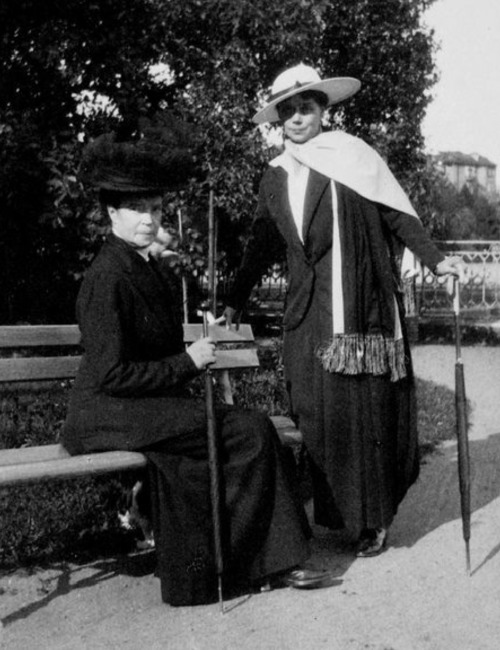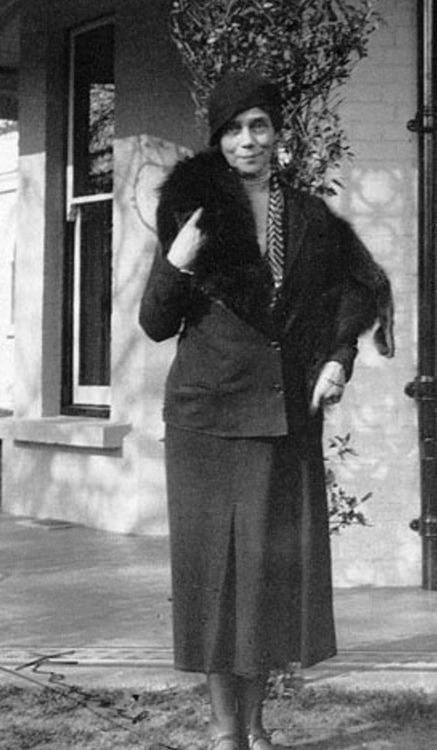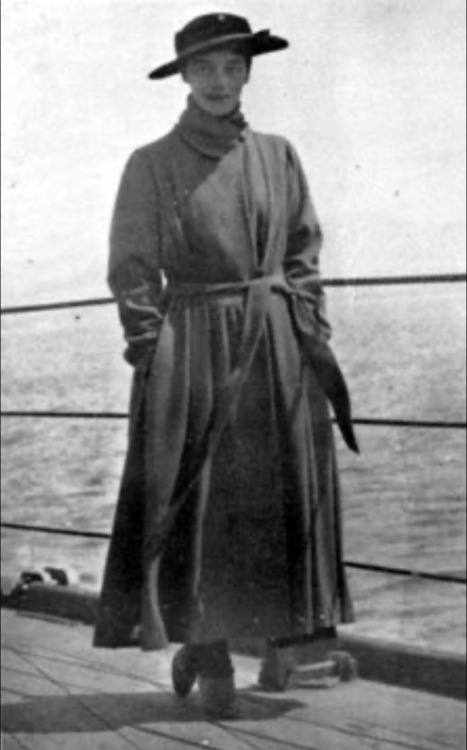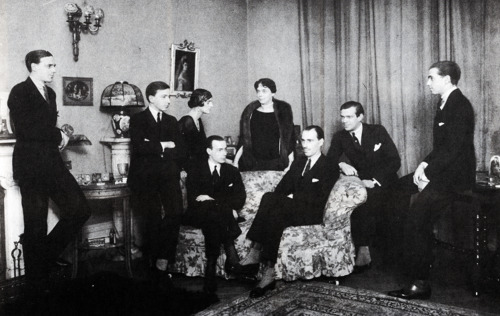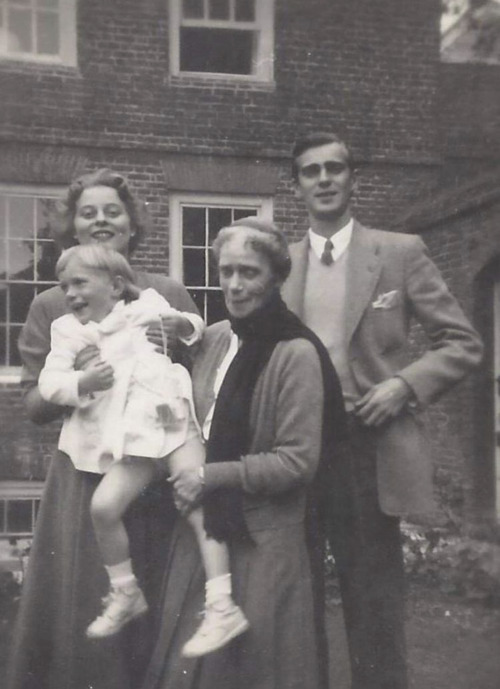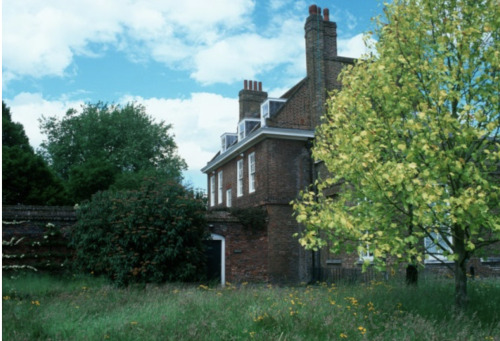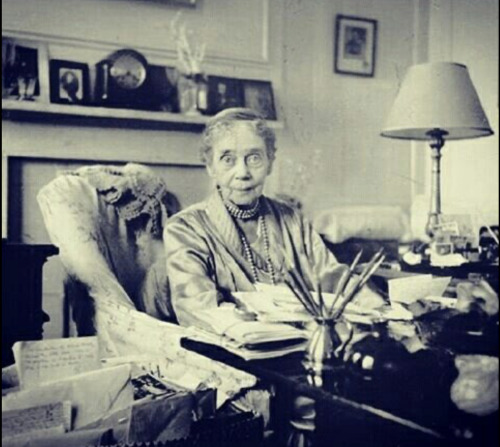#frogmore cottage
and into the forest i go, to lose my mind and find my soul
on all levels except physical, i’m living in a small cottage in the woods, in the middle of nowhere, drinking tea and baking dutch oven bread
Grand Duchess Xenia Alexandrovna Romanova (1875 - 1960) - Part 3 of 3
When the revolution that removed the Romanovs from power broke out, Grand Duchess Xenia, Grand Duke Sandro, their children and a number of other Romanovs including the Dowager Empress, Grand Dukes Nicholas and Peter Nicholaievich and their families and entourages, headed for the Crimea (not necessarily together.) After a period of more or less pleasant exile, they were all placed under house arrest by the Bolsheviks, first at Ai Todor, Sandro’s house, and later at Dulber, Peter Nicholaievich’s palace. Their jailers’ intentions were to eventually liquidate them. In an interesting twist of fate, the group was liberated by the Germans. Just in the nick of time, George V sent a war ship to rescue his aunt. Dowager Empress Maria Feodorovna, not only insisted on taking her immediate family along, but filled the ship with other Russians seeking to escape the country.
Maria Feodorovna died in exile leaving the portion of her jewelry collection she had been able to get out of Russia and other limited assets to her daughters (in her will she provided for her servants as well, but not for her son Mikhail ‘s widow or for Mikhail’s son.)
Xenia and Sandro’s marriage was now beyond repair (although, contrary to what he says in his memoirs, there are letters indicating he tried to convince Xenia to go back to him.) Grand Duke Alexander established himself in Paris. He lived off his coin collection and wrote three fairly successful books before his death. Grand Duchess Xenia settled in England, under the “auspices” of her cousin George V. The King offered the Grand Duchess Frogmore Cottage at Windsor in 1925. This helped Xenia’s financial situation; she had no independent income and had no idea of how to administer whatever little she had; after she lost precious resources to a scam, King George assigned an administrator to look after Xenia’s finances. Upon the death of King George V in 1936, Xenia was advised that Frogmore Cottage was now intended for use only by the immediate royal family. Thus the grace and favour lodgings of Wilderness House at Hampton Court became her home until her death.
Through the rest of her long life (she lived to age 85) she was heavily involved in multiple charitable causes to benefit the Russian community in exile. She remained very close to her cousins Victoria of Wales, who visited frequently, as well as to Queen Maud of Norway and Marie of Greece and Denmark. They all pre-deceased her. Queen Mary was also a regular visitor. Xenia maintained a voluminous correspondence with her relations and friends disseminated through Europe.
At any given time, Xenia had one or more of her children, along with their spouses and their offspring, living with her. She also seems to have sent money to some of them periodically. Her older sons Andre and Feodor both suffered from tuberculosis. Xenia was a grandmother and great grandmother many times over.
Until the end of her days, she preserved her elegance, grace and impeccable manners. During Sandro’s final illness, she travelled to France with Irina to be at his bedside. He died in his daughter’s arms while Xenia was at a function being given in her honor. Xenia is buried with the husband she never divorced at Cimetière de Roquebrune-Cap-Martin in the South of France
Photographs: 1. Grand Duchess Xenia and her mother, the Dowager Empress Maria Feodorovna; 2. Xenia and her daughter Irina; 3. Grand Duchess Xenia; 4. Granduchess Xenia aboard the warship on which she left Russia forever; 5. Xenia and Sandro; 6. Grand Duchess Xenia with her fully grown children, Irina, Andrei, Feodor, Nikita, Dmitry, Rostislav and Vasily. 7. Xenia with her companion Mother Martha, a Russian nun who moved to Wilderness House in 1938. She was loyal and fiercely protective of Xenia. When Xenia died Mother Martha disappeared without a trace, along with the inheritance left to her by the Grand Duchess; 8. Xenia with her grandson Prince Alexander, Princess Margarita of Baden and their daughter Olga; 9. Wilderness House; 10. Grand Duchess Xenia Alexandrovna at her desk.
Post link

